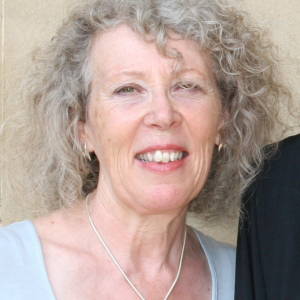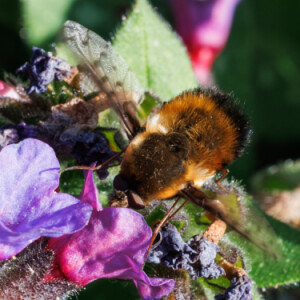Blossom time
Bee-flies and blossom: what could be nicer?
Blackthorn is flowering in all the hedgerows in the village (though sadly not in our own little wildlife hedge, which isn't yet mature enough), and the early emergers among the season's nectar feeders are taking full advantage of the bounty. Along the lane the invertebrates seem to prefer to feed high in the trees, which saves them from being disturbed by passing vehicles, but isn't ideal for a woman-sized photographer. But in the furthest, sunniest corner of the hay meadow I'll never stop calling Tilly's field, even though the old horse of that name who used to graze it died at least a decade ago, there's a huge bank of blackthorn, just coming into flower, that extends almost down to ground level, and the insects are working every inch of it. This Dark-edged Bee-fly was browsing right in front of me, at the perfect height to have his portrait captured, and I was more than happy to oblige.
My second photo tonight shows one of the mixed pair of Dotted Bee-flies I found in the front garden when I arrived back home from my blackthorn walk. I say "found", but in truth Dotted Bee-flies are hard to miss. They average larger than Dark-edged Bee-flies, especially the females, and make a louder and more insistent buzzing noise. Both sexes have a black apex to the abdomen, and in females there's a series of white markings running longitudinally down the centre of the abdomen that always put me in mind of runway landing lights. The individual in my image is a male - evidenced by the fact that his eyes meet on the top of his head in a kind of monobrow - but his black bum and spotty wings still make him readily identifiable.


Comments
Sign in or get an account to comment.


